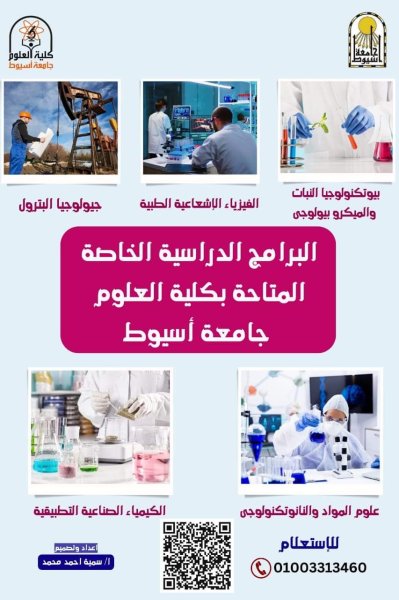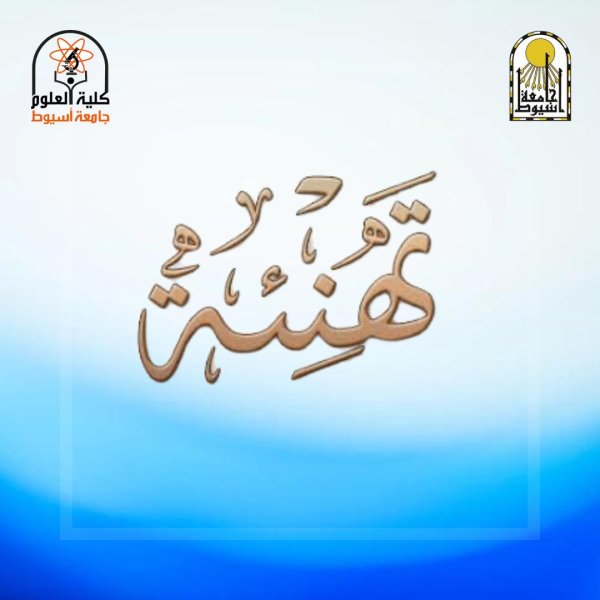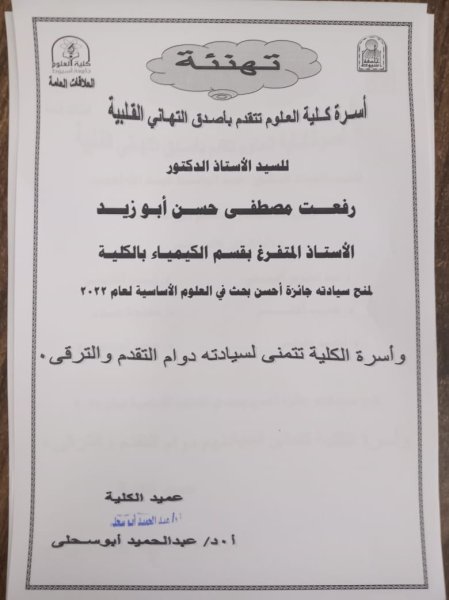
Do you have any questions? (088) 2345643 - 2412000 sci_dean@aun.edu.eg
Announcement
Condolences
Optimization of kojic acid production by Aspergillus coculture and it’s application as anti-browning agent
Kojic acid has applications in many fields so it is important to increase the amount of kojic acid. In this study production of kojic acid increased using coculture of Aspergillus oryzae ASU44 (OL314732) and A. flavus ASU45 (OL314748) than single culture, after optimizing by Box-Behnken statistical design, the production enhanced to 114.28 g/l using Glucose (150, g/l) (A), Yeast extract (5 g/l) (B), KH2PO4 (3 g/l) (C), MgSO4.7H2O (0.5 g/l) (D) and pH (3) (E). The design was effective and applicable with coefficient (R2) 99.1% and adjusted R2 value 98.1%. Ethyl acetate was the best extraction solvent with ratio 1:1 and the crystals of kojic acid appeared in needle shape after evaporation of ethyl acetate using rotatory evaporator. The crystalized kojic acid has the ability to inhibit the fungal pigment of A. niger ASU311. By increasing the KA concentration, the black color decreased, especially at 10 µg/ml comparing with the control samples. On the other hand, crystalized KA preserved the color of apple juice from the conversion to brown color and the activity increased by increasing the concentration until 50 µg/ml for 6 hours comparing with the control. Application of kojic acid produced naturally using Aspergillus coculture considered safe and environmentally friendly for increasing the freshness of the fruit juice.






